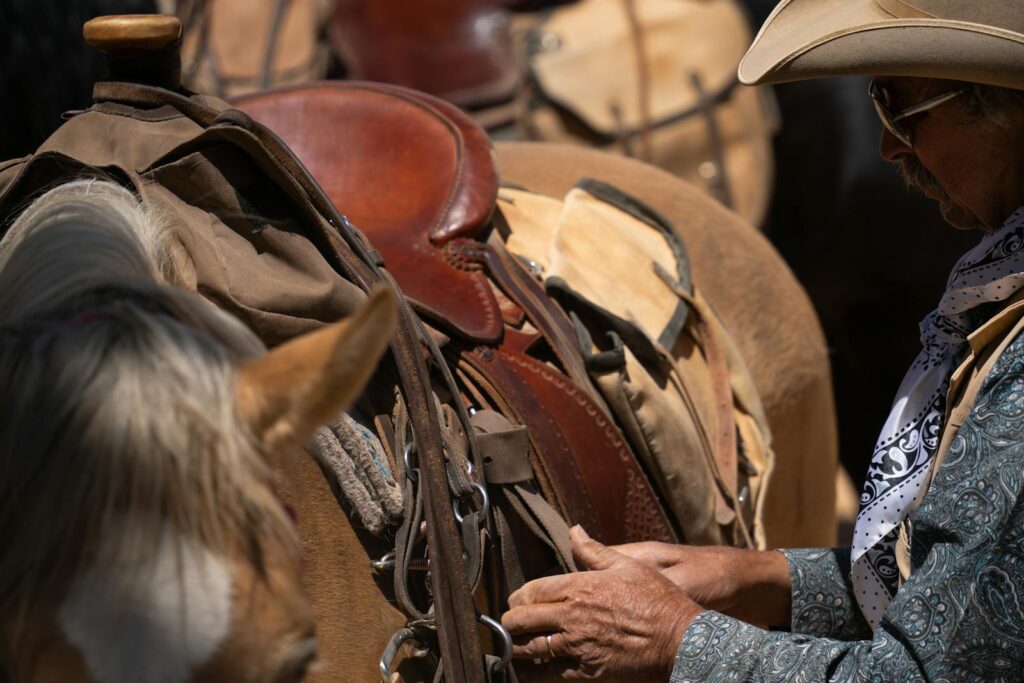The right saddle pad is more than just an accessory—it’s essential protection that helps prevent discomfort, pain, and long-term damage to your horse’s back. Every horse has a unique back shape, so choosing the right pad requires thoughtful consideration. Whether you ride a high-withered Thoroughbred or a broad-backed Quarter Horse, matching your saddle pad to your horse’s conformation can mean the difference between a comfortable ride and potential injury. This comprehensive guide will help you navigate the world of saddle pads and find the perfect fit for your horse’s individual needs.
Understanding Your Horse’s Back Anatomy

Before selecting a saddle pad, it’s crucial to understand your horse’s back structure. A horse’s back consists of the withers (the ridge between the shoulder blades), the thoracic vertebrae (supporting the saddle), and the lumbar vertebrae (connecting to the hindquarters). The shape and prominence of these features vary significantly between breeds and individual horses. Take time to observe your horse from different angles, noting whether they have high, medium, or low withers, a level or swayed back, and whether they have prominent spinous processes (the bumps along the spine). These observations will serve as your foundation for choosing an appropriate pad that provides protection at key pressure points while maintaining saddle stability.
Identifying Common Back Types in Horses
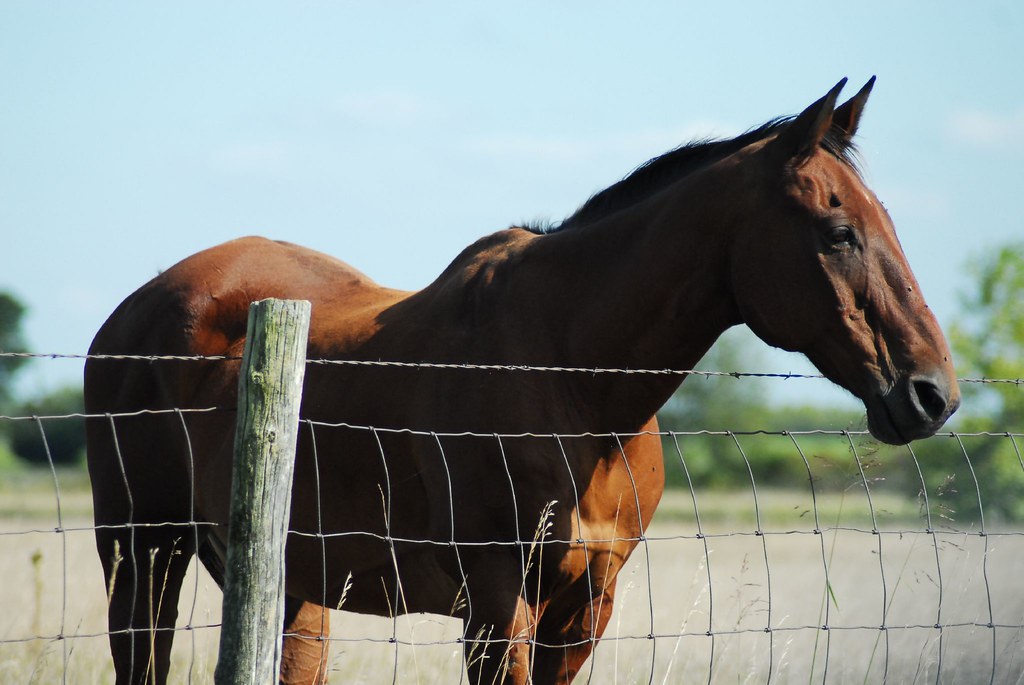
Horses generally fall into a few common back-shape categories that directly influence saddle pad selection. The “table back” is flat and wide—typical of draft breeds and Quarter Horses—and benefits from pads that evenly distribute weight without excessive thickness. “Swayback” horses, often older or with conformational issues, have a dipped spine that requires pads with extra center support to fill the gap. “Roach-backed” horses have an upward curve along the spine and need specially contoured pads to avoid pressure points. “High-withered” horses, like many Thoroughbreds, require pads with generous wither clearance to prevent pinching or rubbing. Identifying which category your horse fits into is the first step in narrowing down the right saddle pad options.
The Importance of Proper Saddle Fit First
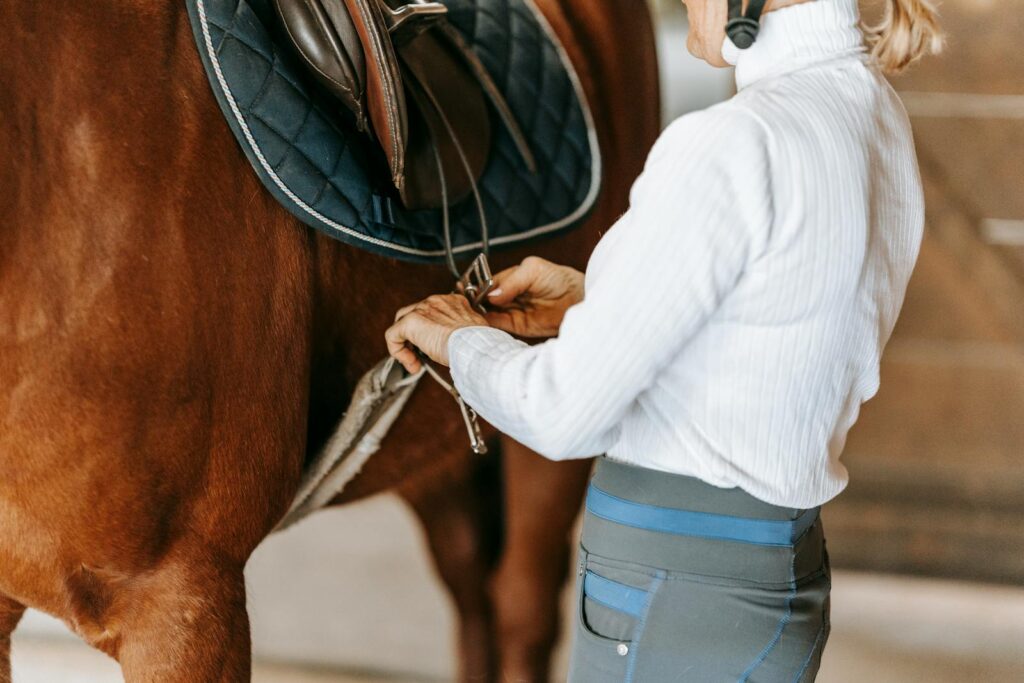
A saddle pad should never be used to compensate for a poorly fitting saddle. Before considering specialty pads, first ensure that your saddle properly fits your horse’s back. A well-fitted saddle should sit level, distribute weight evenly, and provide adequate clearance over the spine and withers. You should be able to slide your hand between the saddle and your horse’s withers without encountering excessive pressure or a large gap. If the saddle shows signs of significant fitting issues, consult a professional saddle fitter before choosing a pad. Even the best saddle pad cannot fix a fundamentally ill-fitting saddle—and attempting to use one as a workaround can lead to further discomfort and reduced performance for your horse.
Material Considerations for Different Back Shapes
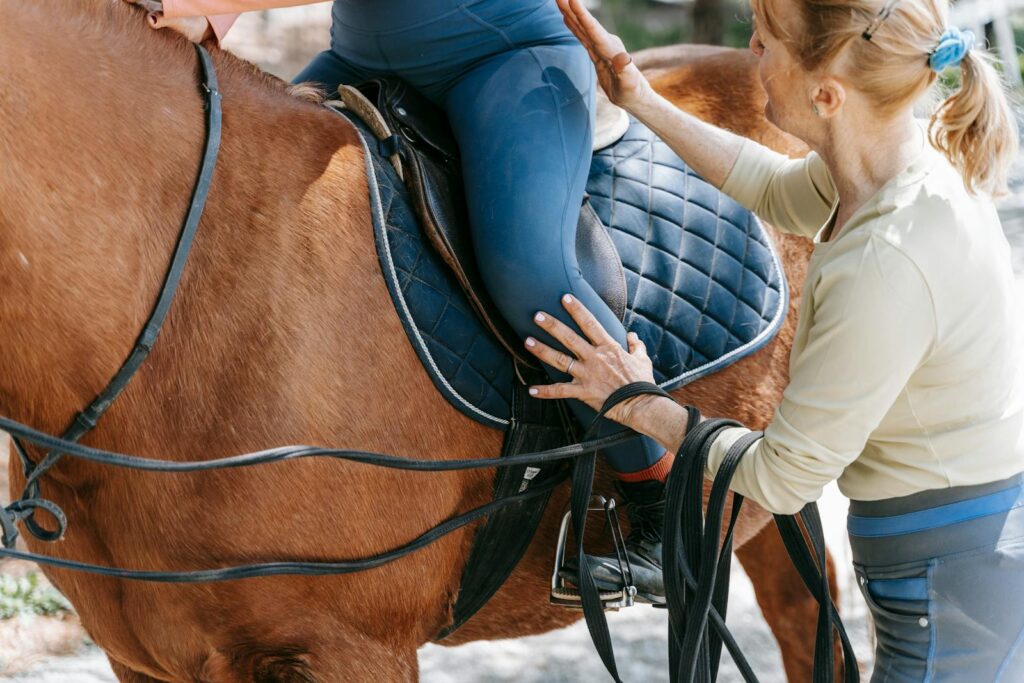
The material of your saddle pad plays a key role in its function and how well it suits different back types. Wool fleece offers excellent shock absorption and moisture-wicking properties, making it ideal for horses with sensitive backs or prominent spinous processes. Memory foam molds to your horse’s shape and evenly distributes weight, which is especially helpful for horses with asymmetrical backs or muscle atrophy. Gel pads provide superior shock absorption, making them a good choice for high-impact activities or horses with arthritis. Cotton pads are lightweight and breathable, perfect for horses with normal backs that don’t require special support. When selecting a pad material, consider your horse’s unique needs and sensitivity, as some may have preferences or even allergies to certain substances.
Thickness and Density Factors
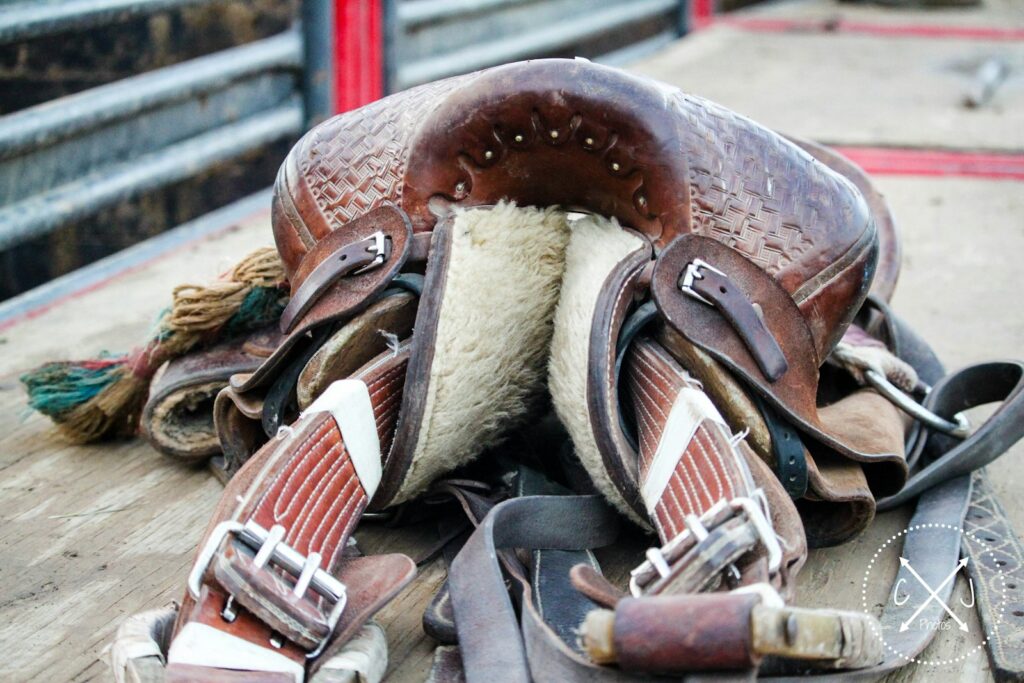
The ideal pad thickness depends on both your horse’s back shape and the activity you’re doing. Thicker pads offer more cushioning but can cause instability if not chosen correctly. For high-withered horses, thinner pads in the wither area help prevent pinching while maintaining contact between the rider and horse. Broad-backed horses may benefit from thicker, more substantial pads to help distribute the rider’s weight across their wider back. When considering density, keep in mind that firmer pads provide more support but less shock absorption, while softer pads conform to the horse’s shape more easily but tend to compress faster. The right combination of thickness and density should offer adequate protection without compromising saddle stability or your connection with your horse’s movements.
Contour and Shape Selection
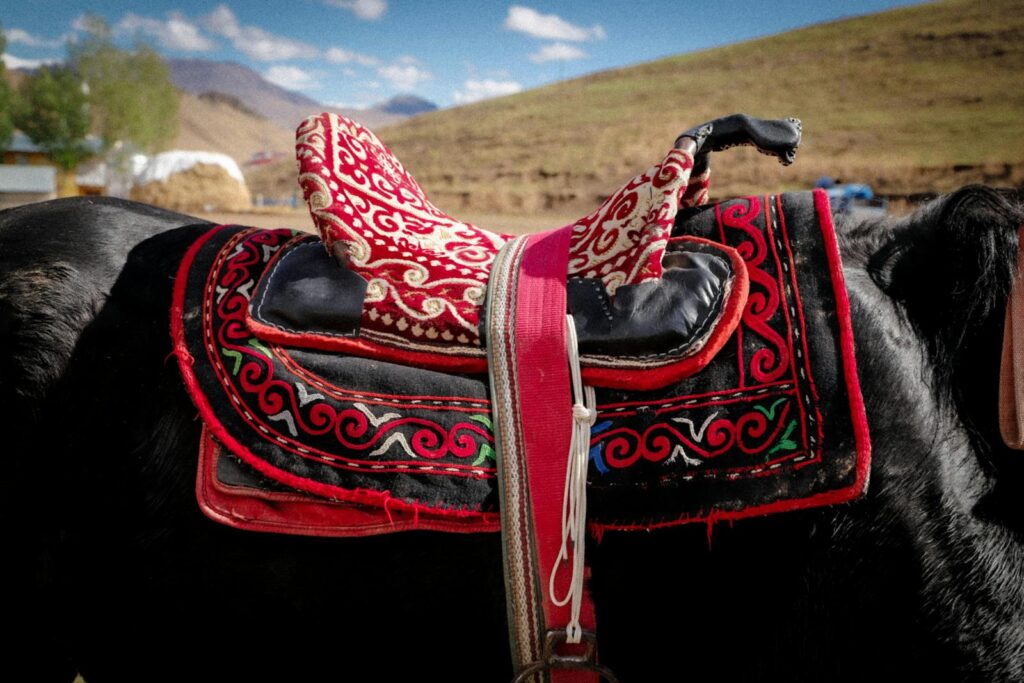
Modern saddle pads come in various contoured shapes to fit different back types. Anatomically shaped pads with wither relief are crucial for high-withered horses, helping prevent painful pressure at this sensitive area. Half pads with trapezius-shaped cutouts allow for better movement of the horse’s shoulder blades, which is especially beneficial for horses with prominent shoulder muscles. Bridge-shaped pads with spine channels provide clearance for horses with pronounced vertebrae. Some specialty pads have a “zone” design with varying thicknesses to support areas like the withers or lower back. When choosing a contour, ensure the pad maintains even contact with your horse’s back, avoiding gaps or pressure points when the saddle is placed on top.
Special Considerations for High-Withered Horses
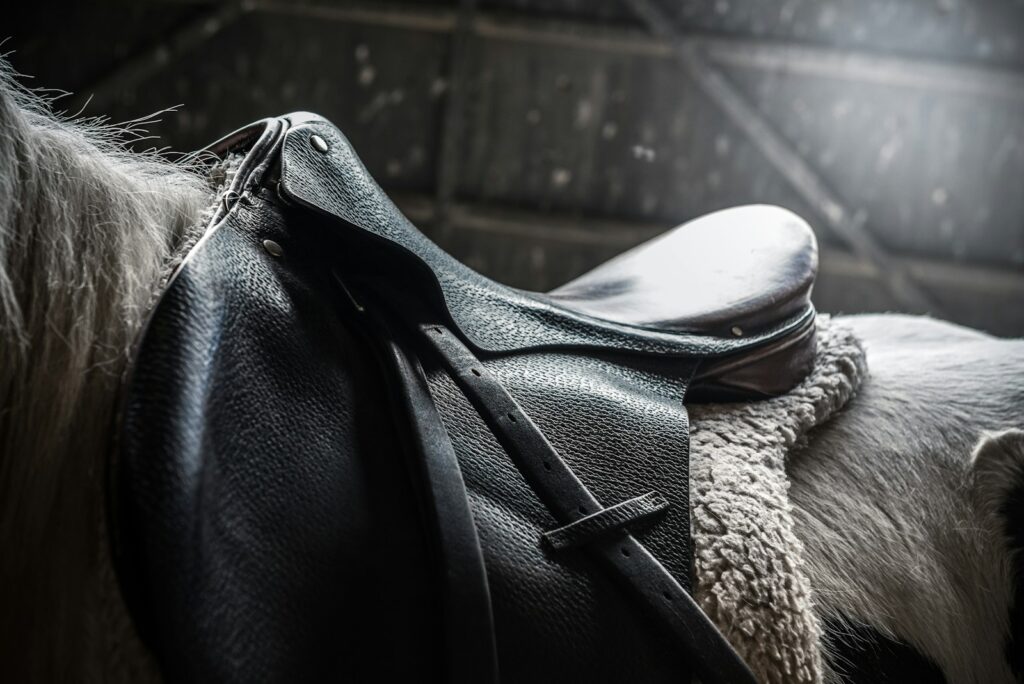
High-withered horses present unique challenges that require specific pad features for comfort. These horses benefit from pads with ample wither clearance to prevent the saddle from resting directly on the bony prominence. Look for pads with built-in wither relief, often featuring a cutout or reduced padding in the wither area. Some high-withered horses also have hollows behind their shoulder blades, which may need additional padding to prevent the saddle from tipping forward. Half pads beneath your regular saddle pad can offer targeted support in these areas. When fitting a pad to a high-withered horse, ensure you can still slide at least two fingers between the pad and the withers once the saddle is in place and girthed.
Solutions for Broad-Backed Equines
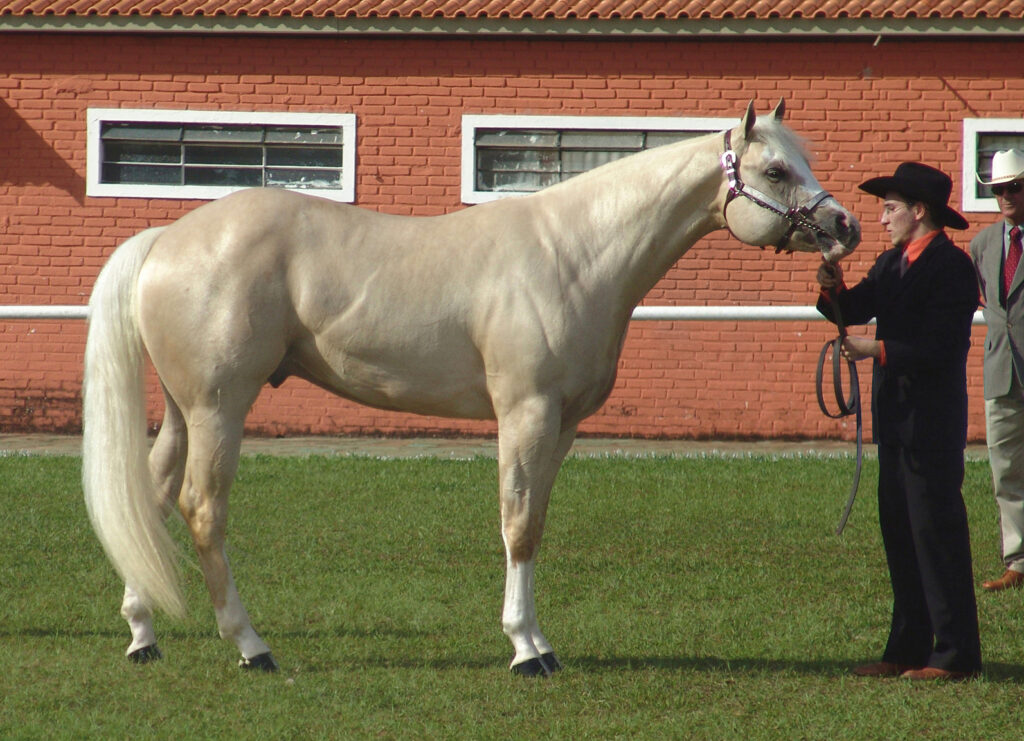
Broad-backed horses, such as many Quarter Horses, drafts, and cobs, require pads that accommodate their width while maintaining saddle stability. These horses benefit from wider pads that extend beyond the saddle’s panels, distributing pressure evenly across their expansive back. Thicker pads with firm density help prevent the saddle from shifting side to side during riding. Some broad-backed horses develop a central channel along their spine, requiring a pad with sufficient spine clearance. Square pads often work well for these horses, as they provide more coverage than contoured pads. When fitting a pad for a broad-backed horse, ensure it extends at least three inches beyond your saddle’s panels in all directions to maximize the weight-bearing surface.
Addressing Swayback and Aging Horses

Swayback horses, whether due to age, genetics, or poor conditioning, require specialized padding to fill the dipped area of their spine. Correction pads with a built-up center section can bridge this gap, preventing the saddle from rocking or creating pressure points at either end. Some therapeutic pads, designed specifically for older horses with muscle atrophy or spine issues, feature additional padding in customizable locations. For minor swayback conditions, shimmed pads with removable inserts allow you to add support exactly where it’s needed without causing an imbalance. When fitting a pad for a swayback horse, ensure the saddle remains level when weighted. A saddle that tips forward or backward can create painful pressure points and affect your riding position.
Evaluating Pad Performance During Riding
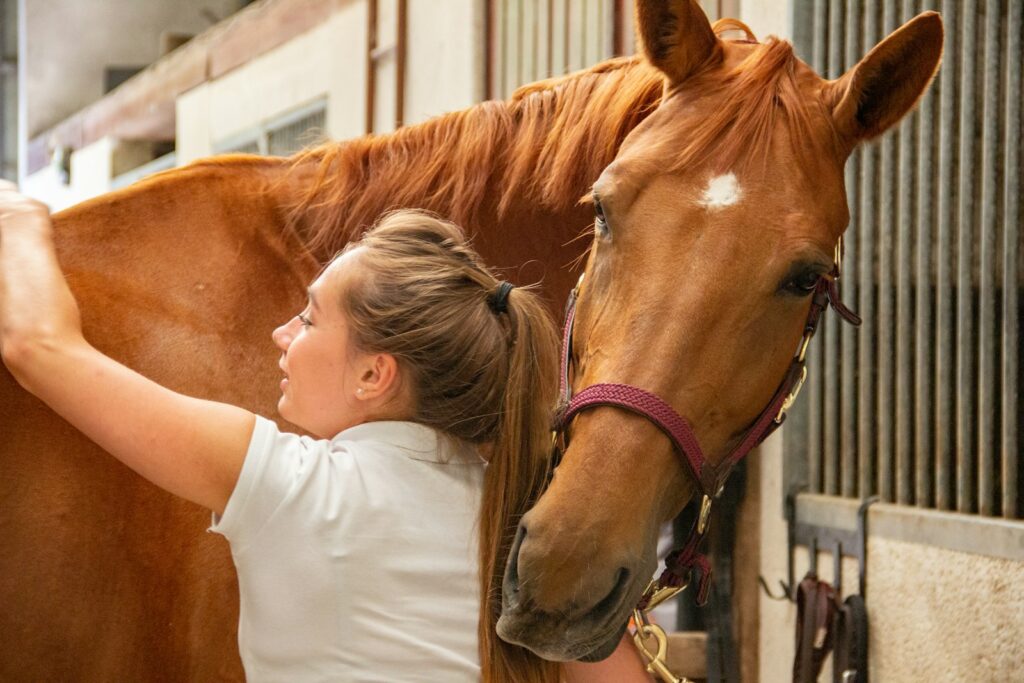
The true test of a saddle pad’s effectiveness comes during and after your rides. Watch your horse for signs of discomfort such as tail swishing, ear pinning, reluctance to move forward, or resistance when being saddled or mounted. After riding, remove the pad and examine your horse’s back for uneven sweat patterns, which may indicate pressure points or poor contact. Dry spots surrounded by sweat often point to areas of excessive pressure. Use your hand to feel for any heat, swelling, or sensitivity that could signal inadequate padding. Be ready to make adjustments based on these observations—sometimes even a well-matched pad requires fine-tuning to work optimally with your horse’s back and your saddle.
Maintenance Practices for Optimal Pad Performance
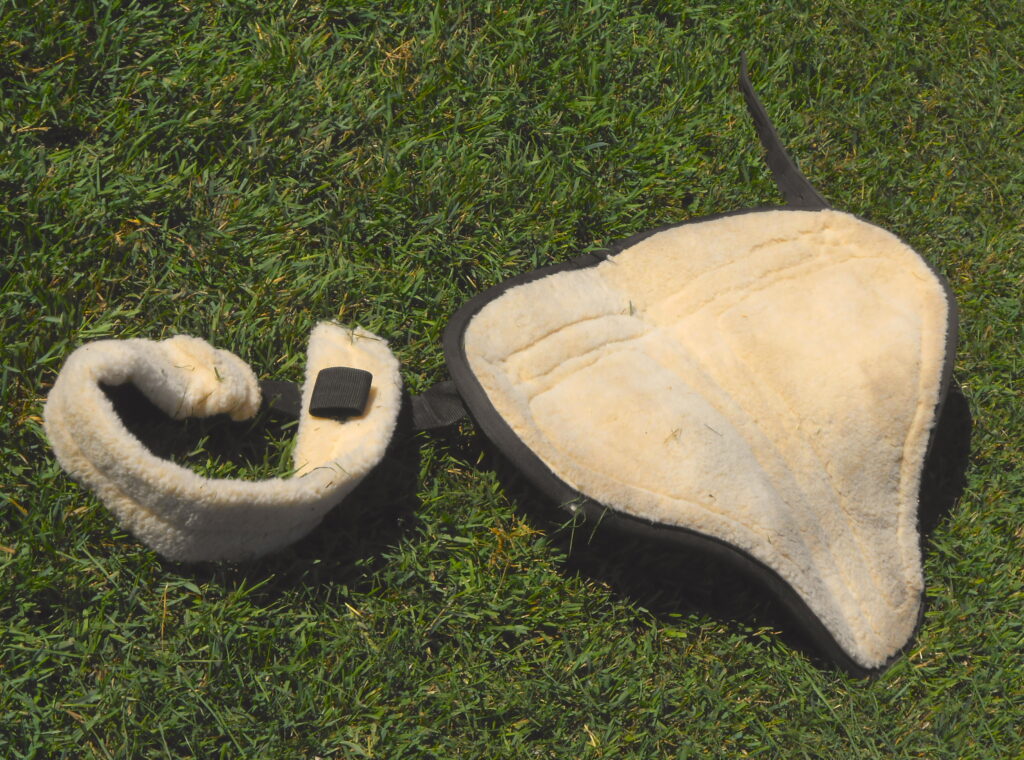
Even the perfect saddle pad will fail to protect your horse if it’s not properly maintained. Regular cleaning prevents sweat, dirt, and hair from hardening the pad and creating pressure points. Follow the manufacturer’s cleaning instructions carefully, as improper washing can damage specialized materials like memory foam or gel inserts. Allow pads to dry completely before reuse to prevent skin issues and material deterioration. Inspect your pad regularly for compressed areas, tears, or hardened spots that could affect its performance. Most quality pads need replacing every 1–2 years with regular use, as materials compress and gradually lose their protective qualities. Store pads flat or hang them properly rather than folding them to maintain their shape and avoid creases that could create pressure points.
When to Consult Professionals
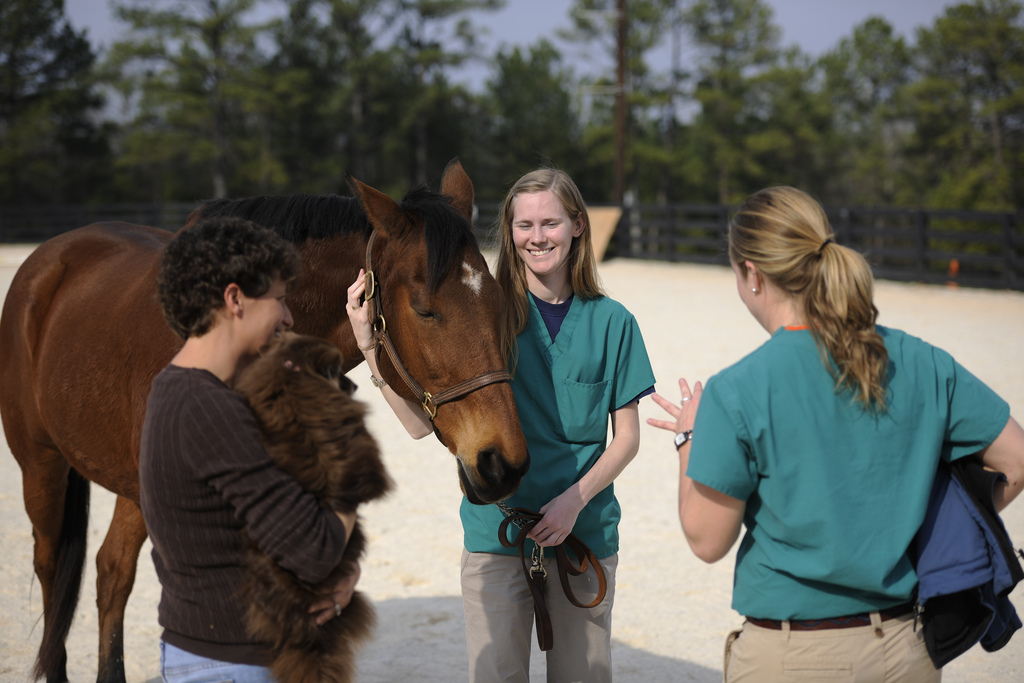
Some back shape issues require professional intervention beyond simple pad selection. If your horse shows persistent signs of discomfort despite trying various pad options, consult an equine veterinarian to rule out back pain or other medical concerns. A professional saddle fitter can provide valuable insights into how your saddle interacts with your horse’s back and may recommend specific pad solutions. For horses with significant conformational challenges or those recovering from injury, an equine physical therapist might suggest therapeutic padding systems designed for rehabilitation. Some manufacturers offer custom pad-fitting services, creating pads tailored to your horse’s exact measurements and needs. Remember, investing in professional guidance often saves money in the long run by preventing costly veterinary issues caused by improper equipment.
Balancing Budget with Necessary Features
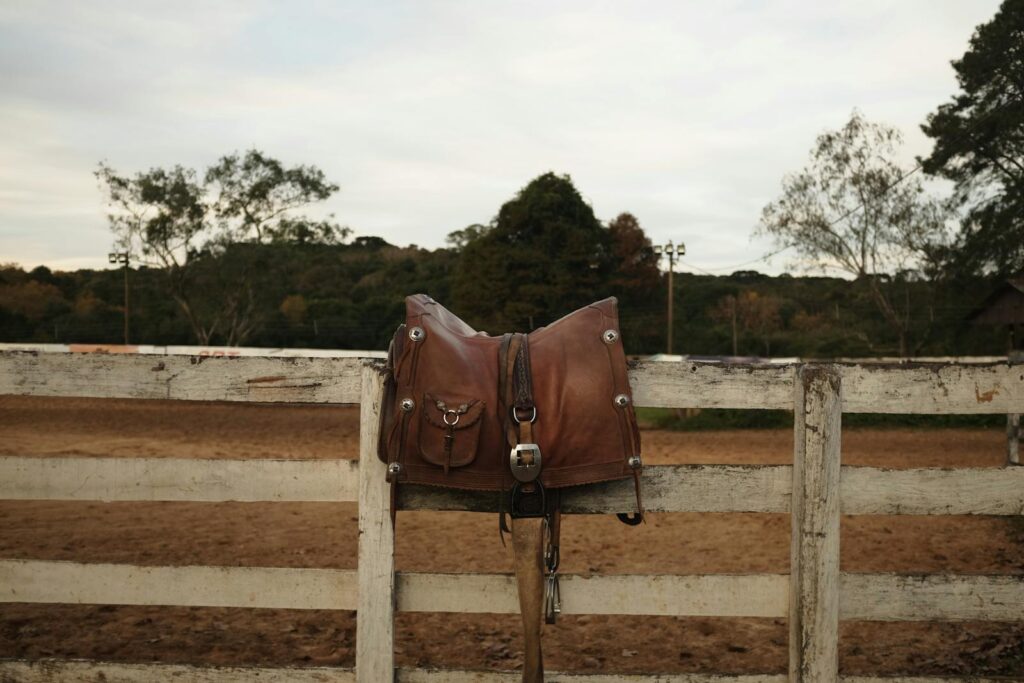
Saddle pads range from basic $30 cotton models to specialized therapeutic systems costing over $300. While budget is always a consideration, think of your saddle pad as an investment in your horse’s comfort and long-term soundness. For horses with normal backs and a well-fitting saddle, mid-range pads typically provide sufficient protection without the need for advanced features. Horses with conformational challenges, however, may genuinely require higher-end pads with specific design elements to prevent discomfort or injury. A good approach is to start with a quality all-purpose pad and add targeted solutions—like half pads or shims—only as needed, rather than jumping straight to the most expensive option. Some manufacturers also offer trial periods or satisfaction guarantees, allowing you to test a pad’s suitability before committing. Remember, preventing back issues with proper padding is always more cost-effective than treating problems after they develop.
Selecting the right saddle pad for your horse’s unique back shape takes careful observation, informed choices, and sometimes a bit of trial and error. By understanding your horse’s anatomy, recognizing their specific back type, and choosing suitable materials and contours, you can greatly enhance their comfort and performance under saddle. Keep in mind that a horse’s back can change over time due to age, conditioning, or workload, so saddle pad selection is often an ongoing process rather than a one-time decision. With the right approach, you’ll find a solution that keeps your horse comfortable and performing at their best—fostering a balanced partnership that supports both horse and rider.

